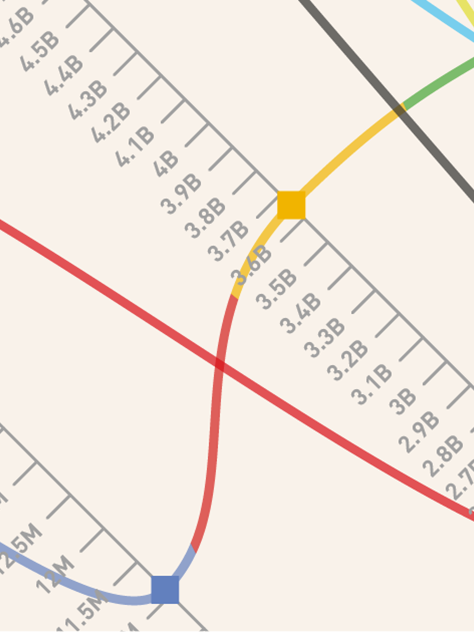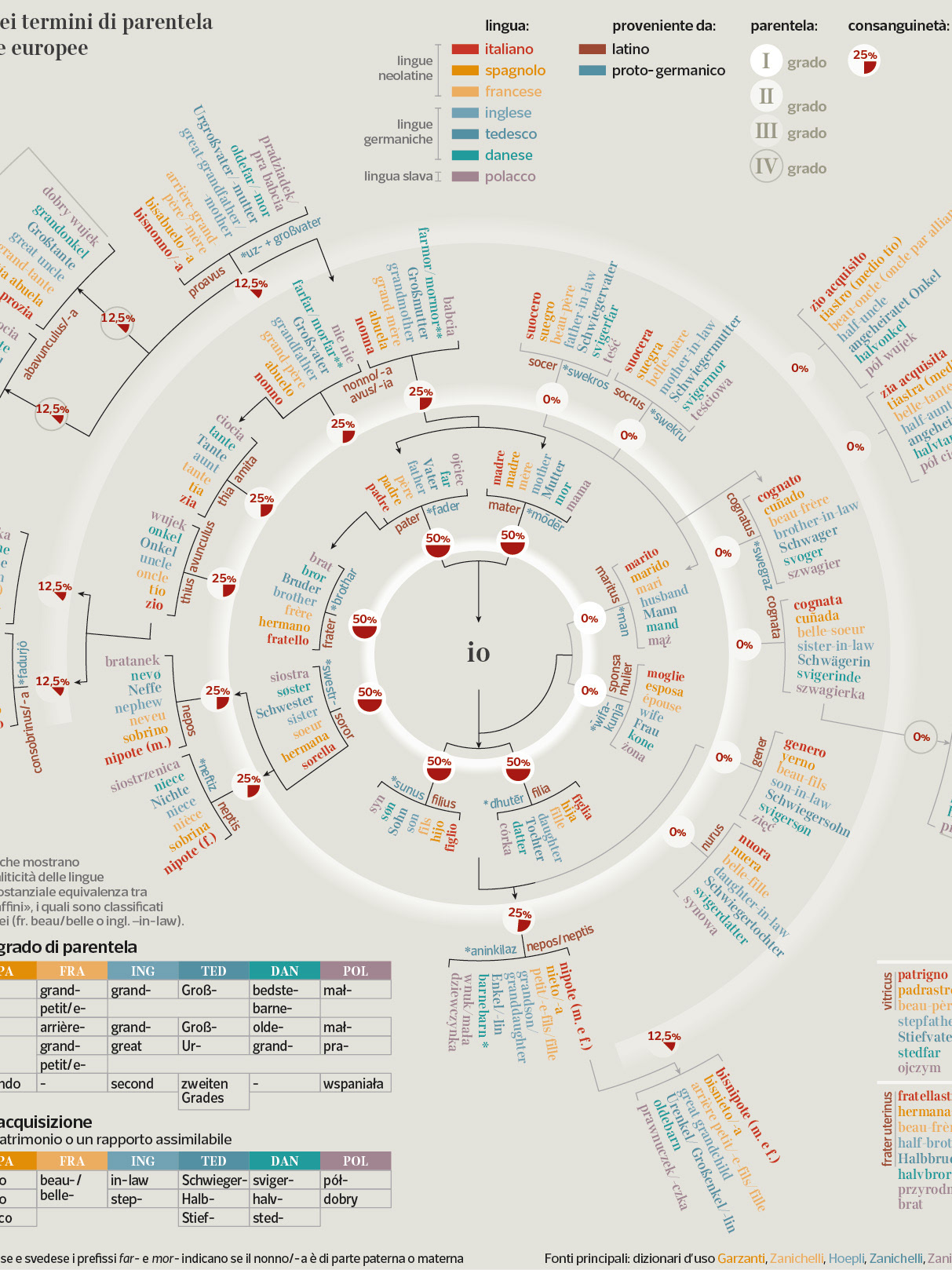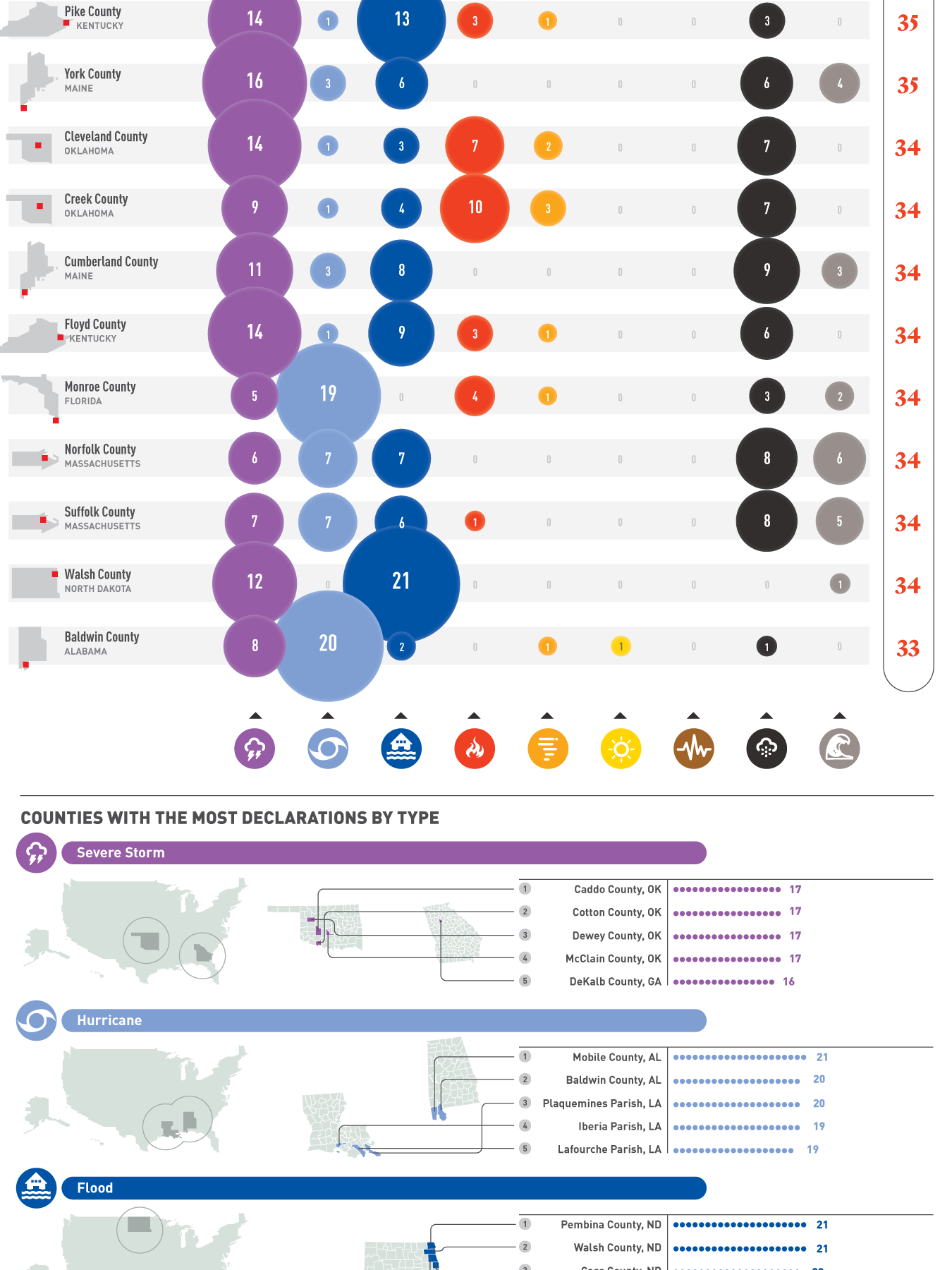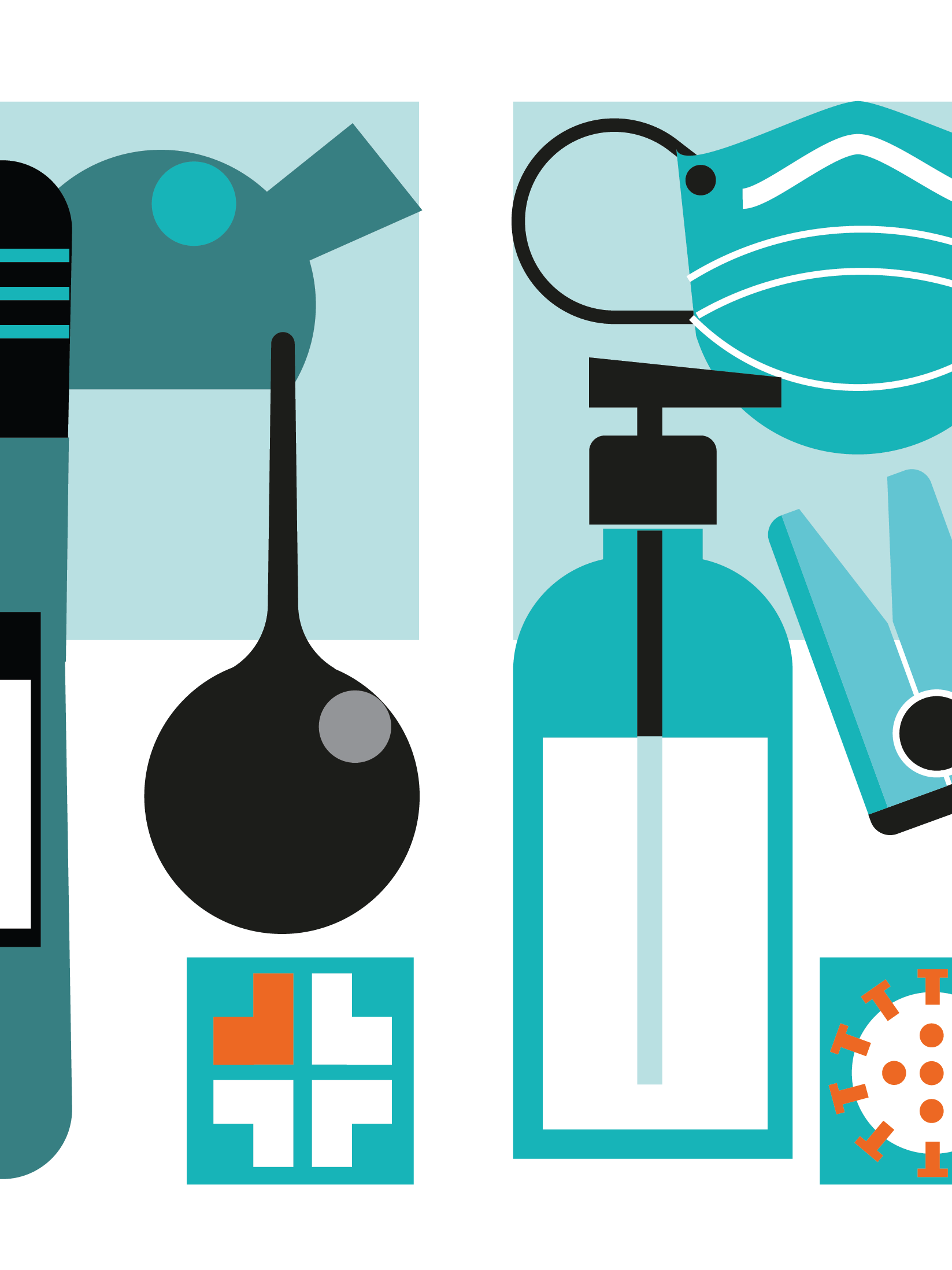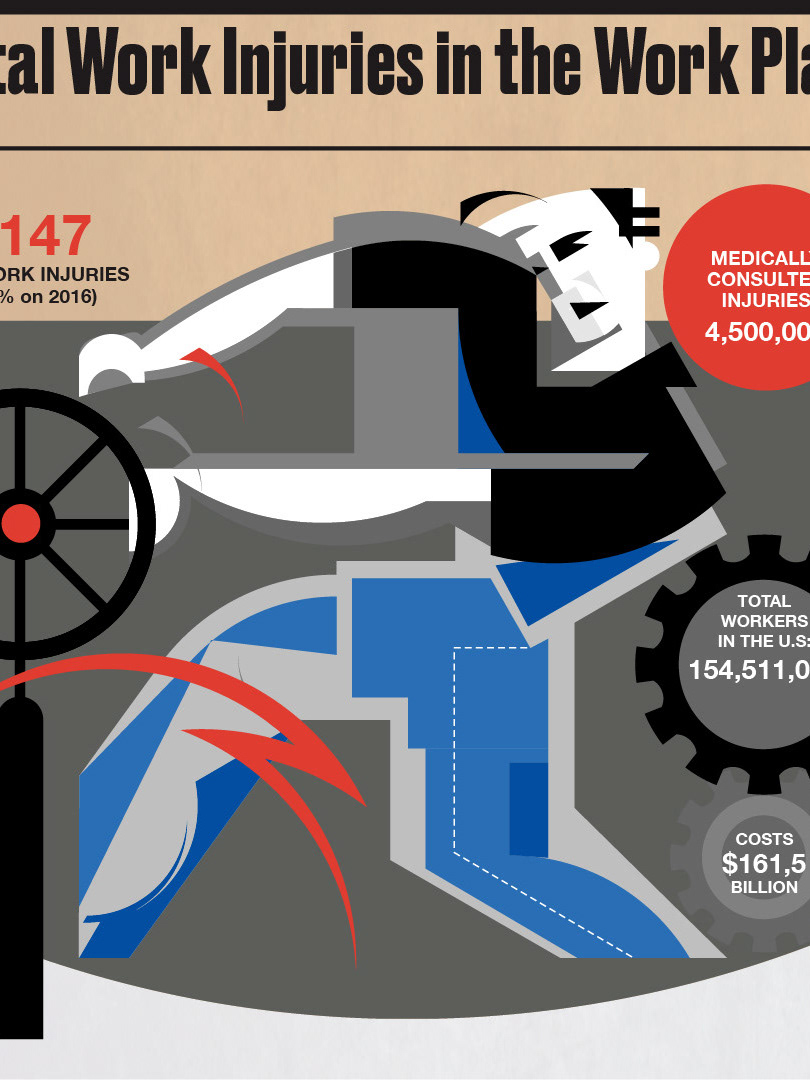A new visualization for @la_lettura 510 (4th September 2021), on the topic of gendered stereotypes and their distribution in 25 different languages.
Can the language we speak influence our way of thinking? Does talking about inanimate objects connoting them with grammatical gender as if they were male or female actually push us to think that inanimate objects have a gender? Several kinds of research show that these implicit associations are encoded in the language we speak, or more precisely, in statistics of the language we speak. And they also suggest that the languages that most connote gender in some specific terminology, e.g. in the work and employment field, are those whose speakers have more ingrained implicit judgments. Like they were forced to express their preconceptions about gender and how every gender fits different roles in society.
This trait is embedded in many languages, and plays a significant role in everyday life, even in small talks. Nowadays, people speaking modern languages based on latin (i.e. Italian, Spanish, French, and others) are getting aware of possible misconceptions and how often they inadvertently express them, and trying to address their language by replacing gendered words with nongendered ones, even some small parts of them (e.g. gendered subfixes replaced by -* or -ə).
In a more sensible, scientific fashion, linguists do not address language features, whereas they agree in considering gendered word termination like 'markings': some languages have no neuter, and instead use masculine while not specifying any meaning about gender.
In a more sensible, scientific fashion, linguists do not address language features, whereas they agree in considering gendered word termination like 'markings': some languages have no neuter, and instead use masculine while not specifying any meaning about gender.
This visualization leans on the researches of several scholars (like D. Gentner, S. Meadow, M. Lewis, G. Lupyan, W. Phillips, and L. Boroditsky) in an attempt to bring on a common ground to the discussion. It has been conceived as part of a series about visual linguistics and follows the previous visualizations. The original idea, researches, and design are from me. More and more coming, hopefully.


